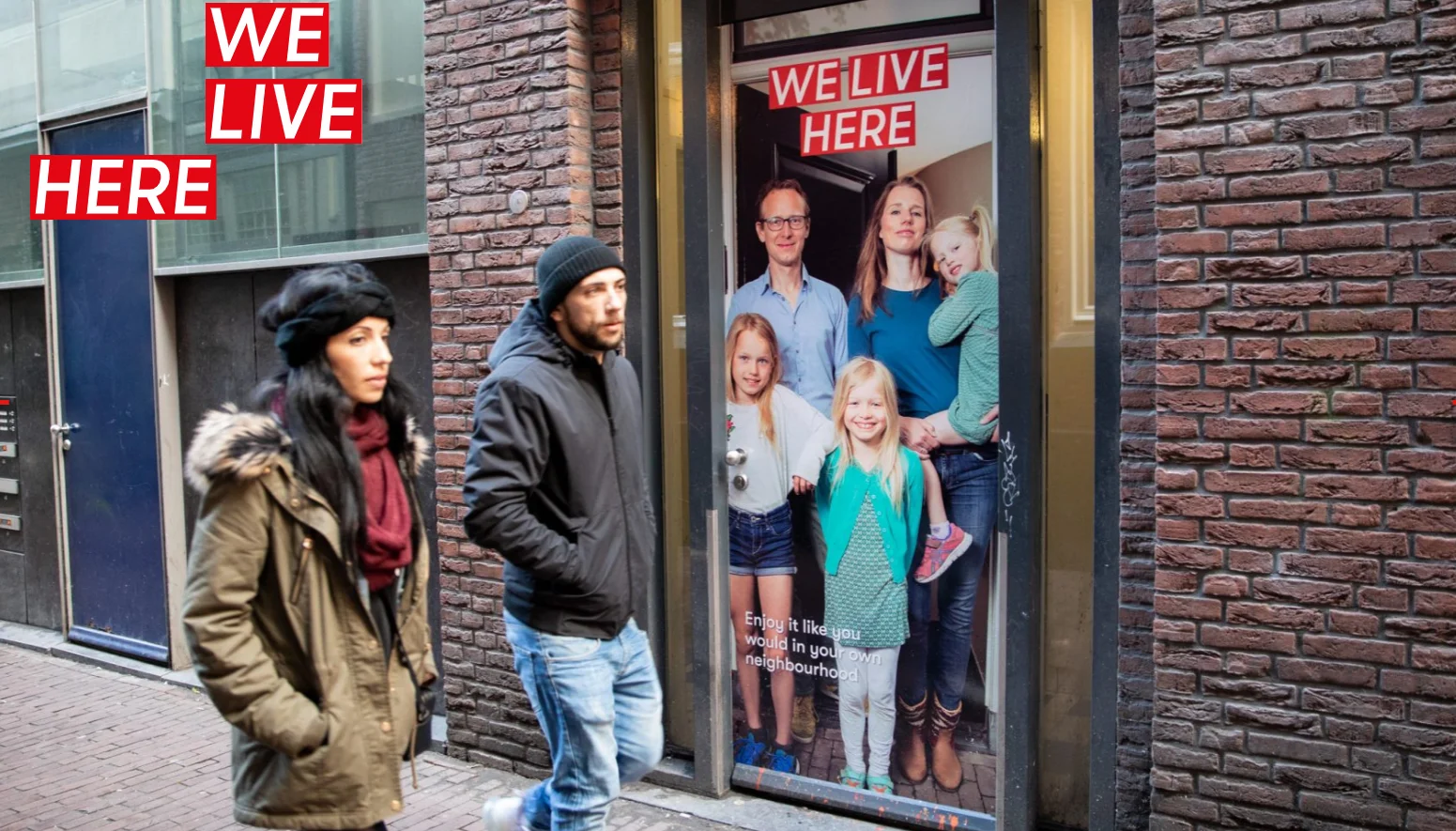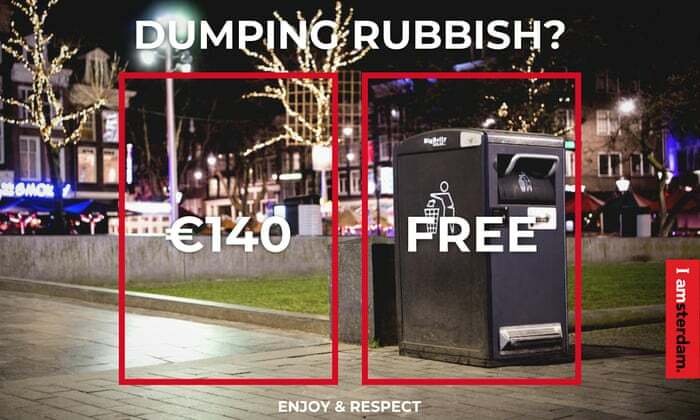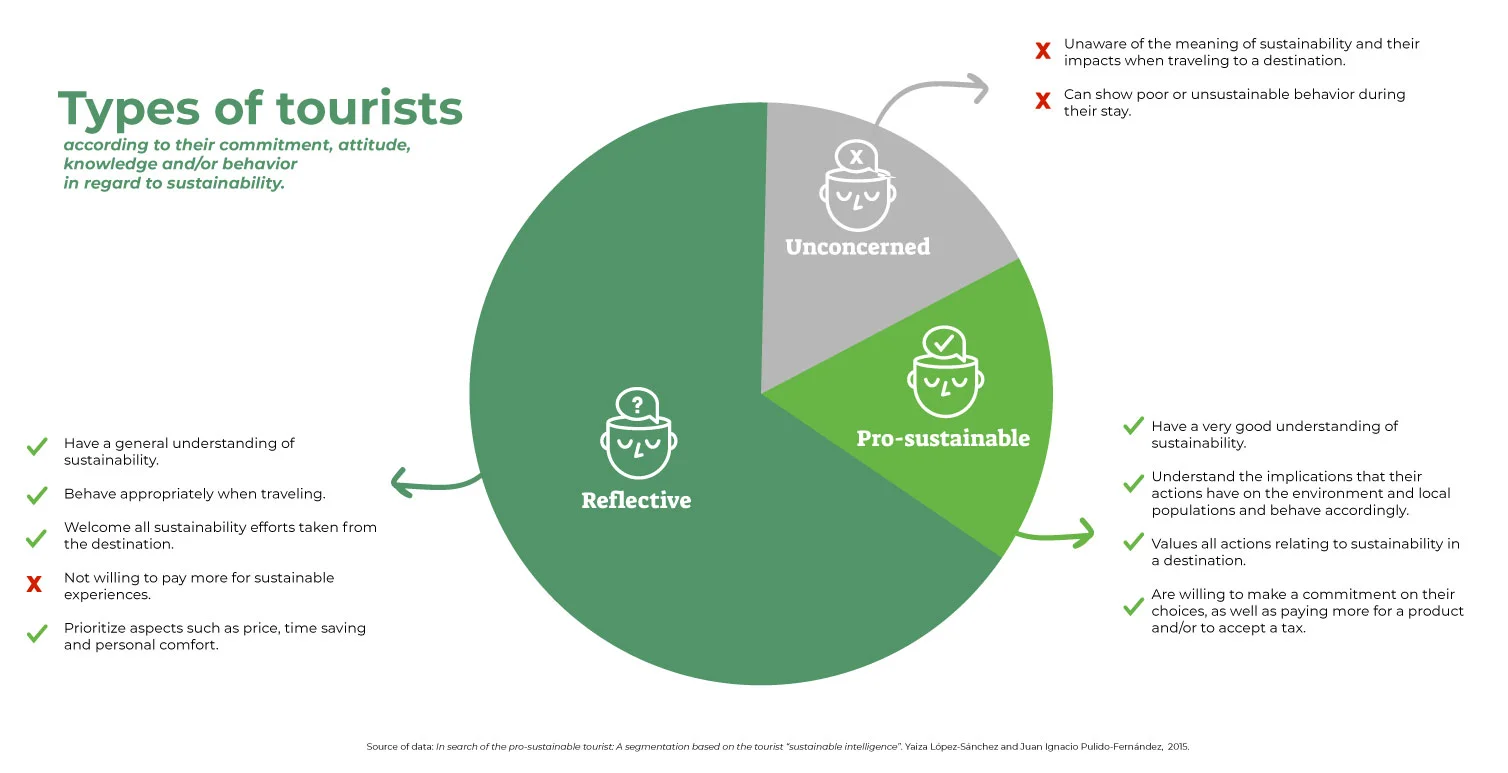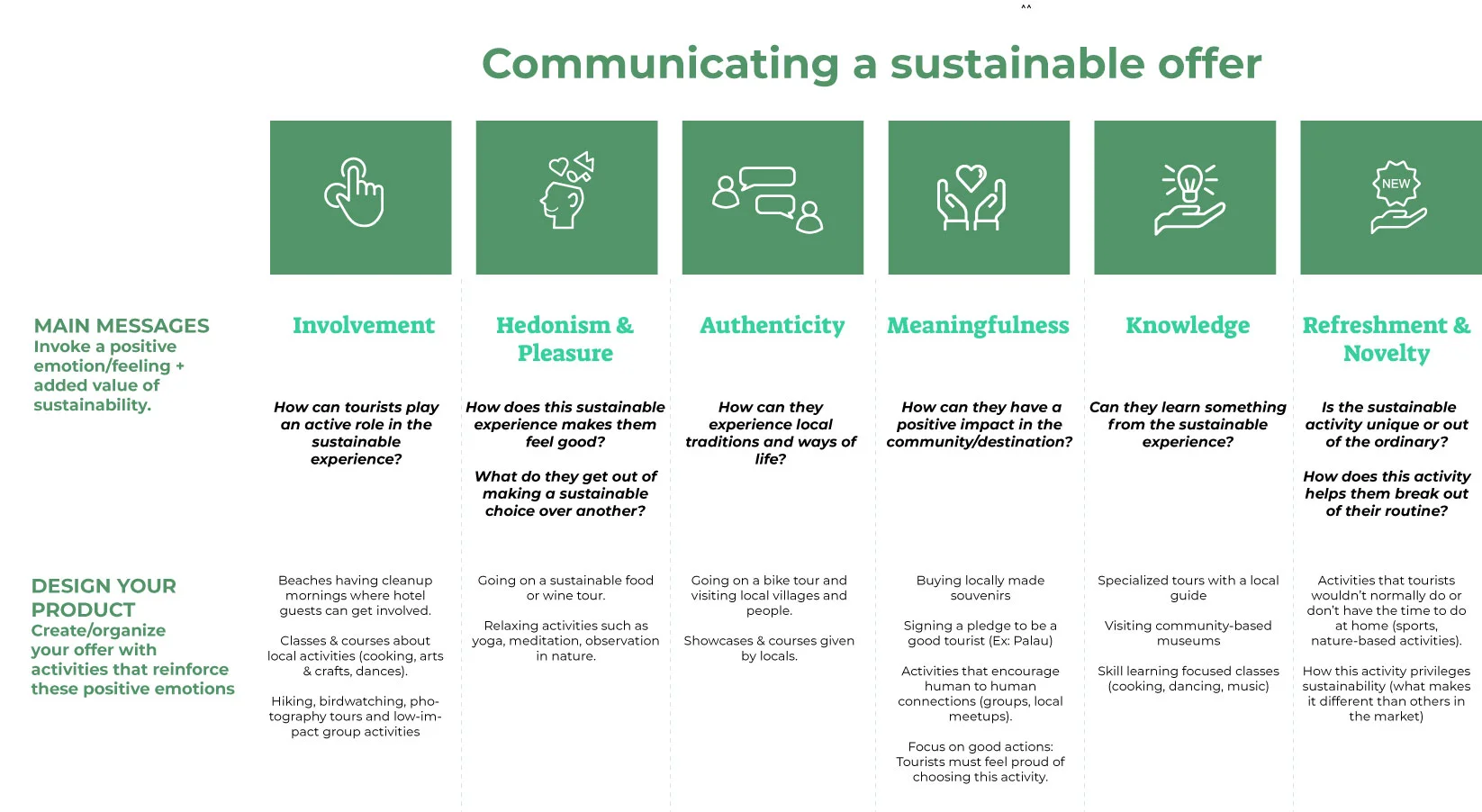© Good Travel Guide, September 2021
Author: Daniela Miranda
Even though Marketing practices are often associated with consumerism and unnecessary expenses (Font and McCabe, 2017), destinations need to market themselves in order to attract tourists. Before the pandemic, the tourism industry was booming with the number of international flights growing year on year. With destinations suffering from overtourism as well as a growing concern about climate change and the impact of the tourism industry, DMOs (Destination marketing organizations) and Tourism Boards now have to make greater efforts in order to find a balance within their industry.
For destinations, the demand is to have less invasive forms of tourism, as well as more ethical marketing strategies (Hanna, Font, Scarles, Weede and Harrison, 2018). Countries such as Slovenia and Bhutan, have created strong destination images by implementing marketing strategies focused on promoting cultural and nature experiences, attracting respectful travelers and enforcing local and country-wide policies to keep tourism under control. On the customer side, and with the growing concern about the environment, travellers are welcoming more sustainable ways to travel. The Good Travel Guide supports this by providing guides and tips, but how can a destination communicate their sustainable attributes and does it really matter?
Rebranding to search for the green tourist
Even though the implementation of sustainable policies in tourism plays an important role in mitigating negative impacts, there is no denying the role that tourists play in sustainability (López-Sánchez and Pulido-Fernández 2016). Without responsible and respectful tourists, destinations will have a harder challenge ahead and more drastic measures to apply. Hence, the need for certain destinations to attract a more responsible type of tourist in order to help them achieve a more sustainable tourism industry.
Amsterdam, known for being one of Europe’s main party destinations has been suffering from overtourism and needed to rebrand to attract a different type of tourist. It has implemented policies and campaigns such as ‘Enjoy and Respect the city’ to stop offensive behavior from party-seeking tourists and the ‘We live here’ a community-driven campaign, intended to decrease levels of noise and increase respect for locals.


Another good example is the small country of Palau, that decided to make tourists accountable for their actions by creating their own “Paula Pledge” an agreement that all visitors, without exception, must sign before entering the island, where visitors declare not to damage or exploit the island’s fragile natural resources. Before their arrival, visitors are shown an inbound flight video ‘The Giant’, using storytelling as a tool to promote good behaviour. The campaign was created by and for Palau’s children, with children from all over Palau helping draft the pledge. Over 500.000 tourists have signed the pledge so far.
These examples show that destinations are increasingly understanding the role tourists play in sustainability, and are using new marketing and communication messages in order to attract a different type of tourist. However, at the moment there is not a cookie-cuttered ‘sustainable’ or ‘green’ tourist, since according to Santana-Jimenez and Hernández, 2011 sustainability is understood and valued in different ways by different people which means that tourists’ actions, motivations to travel and decision-making processes are also different.
López-Sánchez et al., (2016), state that tourists value sustainability in different ways, hence the complexity of labeling them as sustainable or not sustainable. Interestingly, they claim that tourists have different levels of “sustainable intelligence”, displaying different levels of commitment, attitude, knowledge and/or behavior in regard to sustainability when traveling which can be divided into three main groups as seen on this figure:

How tourists choose where to go
So, now that we know that not all tourists see sustainability the same way, how do they make decisions? And is sustainability a decisive factor for some? Hanna et al; (2018) as well as other researchers have studied the relation between sustainability messages and consumer reactions, finding some interesting data about the perception of sustainability:
A. ‘I’m interested in sustainability but it’s not a deciding factor on my choice of holiday’
Sustainability is becoming an important deciding factor in many people’s choice of holiday, however, this type of message is not yet the most important factor for the majority. Factors such as time, closeness, money, convenience or comfort are more important. Also, even though information regarding sustainability is appreciated, most tourists are not necessarily predisposed to pay more for it, and might see this type of products as too costly, sacrificing and inconvenient for the traveler (Font et al., 2017). This might change in the future as concerns about the environment arises, a recent survey by Booking.com, shows that 53% of tourists are starting to consider for more sustainable ways to travel, showing a ‘new-found desire to avoid other tourists and exploring lesser-known destinations in the year ahead.
B. ‘Having a good time is the main reason to choose a destination’
It is not surprising that several studies (Parrinello, 1993; Vogt, Fesenmaier and MacKay, 2008) have found that the main motive why a tourist chooses to go to a destination is based on hedonistic (seeking pleasure and memorable experiences) and aesthetic aspects (searching for beauty). (Munar and Steen Jacobsen, 2012), the latter even more important with the rising of social medium such as Facebook or Instagram. Therefore, most marketing messages are focused on consumers’ desires, showing pleasurable experiences, since these are the ones that will engage consumers in a more emotional way . According to several researchers Villarino and Font. 2015, Wehrli et al., 2014; Zanon and Teichmann, 2016, communicating sustainability should be focused on evoking positive emotions, since tourists react better to emotional appeals in destination communication, searching for a pleasurable experience that happens to be sustainable, making them proud, and therefore, better about themselves.
Therefore, according to Hanna et al., 2018, if you are a business or a destination that wants to communicate your sustainable offer in an engaging way, you might want to consider the following 6 main pilars:

To finish, Sustainability is a complex and vague concept to communicate, and while this is shifting, it still doesn’t necessarily represent a decision-making point for most tourists. The challenge for destinations is how to showcase their sustainability practices in order to engage potential tourists while becoming a relevant key-selling point. When communicating and marketing sustainability, destinations should then focus on:
- Addressing sustainability as an added value with a positive outlook,
- Trying to evoke emotions and designing their offer according to this,
- Taking into account different understandings of what sustainable means and how people value sustainability, focusing on attract your ideal tourist.
- Constructing messages that conveys pleasurable experiences using meaningful storytelling.
What would you add to this list? Let us know at @goodtravel.guide




